Let’s just all admit it now, because you know that it’s true: Everyone and anyone who buys a smartphone always looks to see what Apple is doing next. Even if you’re an Android or Windows Phone user you can’t help but be intrigued on what the next iPhone is going to look like. While Apple hasn’t invented much of what the iPhone uses, they have effectively marketed the device and its technologies. Read on to find out why this iPhone is better than last years, but you may want to wait until next year. Here’s our full iPhone 7 Plus review.
Specifications
The iPhone 7 Plus comes with the following features and specifications:
- Retina HD display
- 5.5-inch (diagonal) LED-backlit widescreen
- Multi-Touch display with IPS technology
- 1920-by-1080-pixel resolution at 401 ppi
- 1300:1 contrast ratio (typical)
- Wide color display (P3)
- 625 cd/m2 max brightness (typical)
- Dual-domain pixels for wide viewing angles
- Fingerprint-resistant oleophobic coating
- Support for display of multiple languages and characters simultaneously
- Display Zoom
- Reachability
- Rated IP67 under IEC standard 60529
- A10 Fusion chip with 64-bit architecture
- Embedded M10 motion coprocessor
- 12MP wide-angle and telephoto cameras
- Wide-angle: ƒ/1.8 aperture
- Telephoto: ƒ/2.8 aperture
- Optical zoom at 2x; digital zoom up to 10x
- Optical image stabilization
- Six‑element lens
- Quad-LED True Tone flash
- Panorama (up to 63 megapixels)
- Sapphire crystal lens cover
- Backside illumination sensor
- Hybrid IR filter
- Autofocus with Focus Pixels
- Tap to focus with Focus Pixels
- Live Photos with stabilization
- Wide color capture for photos and Live Photos
- Improved local tone mapping
- Body and face detection
- Exposure control
- Noise reduction
- Auto HDR for photos
- Auto image stabilization
- Burst mode
- Timer mode
- Photo geotagging
- 4K video recording at 30 fps
- 1080p HD video recording at 30 fps or 60 fps
- 720p HD video recording at 30 fps
- Optical image stabilization for video
- Optical zoom at 2x; 6x digital zoom (iPhone 7 Plus only)
- Quad-LED True Tone flash
- Slo‑mo video support for 1080p at 120 fps and 720p at 240 fps
- Time‑lapse video with stabilization
- Cinematic video stabilization (1080p and 720p)
- Continuous autofocus video
- Body and face detection
- Noise reduction
- Take 8-megapixel still photos while recording 4K video
- Playback zoom
- Video geotagging
- 7-megapixel photos
- 1080p HD video recording
- Retina Flash
- ƒ/2.2 aperture
- Wide color capture for photos and Live Photos
- Auto HDR
- Backside illumination sensor
- Body and face detection
- Auto image stabilization
- Burst mode
- Exposure control
- Timer mode
- Fingerprint sensor built into the new Home button
Design
Apple’s traditional redesign cycle is every third device usually will see a redesign. That means the iPhone 7 should have been the next in line for an overhaul. While the design of the iPhone 7 and the iPhone 7 Plus remain largely unchanged, there are some significant differences between this year and the last two. The chassis is just a little thicker to allow for the new larger Taptic Engine and slightly larger battery. The cameras on both models are drastically redesigned and add a significant difference in look to the back. The antenna bands are the final real physical difference here, they have been moved up along the top and bottom edge so they are far less noticeable than previous years giving the phone a cleaner profile.
Other than those few physical differences you’re going to be looking at what you’ve seen the past few years. I’ll admit that I was a bit disappointed with Apple for not giving us a new design, I liked their traditional redesign schedule. But I do understand the reason why they did this as next year is the tenth anniversary of the iPhone and we’re fully expecting a fully physically redesigned iPhone. The build quality and materials are still top notch here as Apple usually does. The iPhone 6 used an inferior aluminum that produced #bendgate mania on the internet but the iPhone 6s and now the 7 are made from premium sturdy aluminum.
I purchased the Black version as I could tell the Piano Black version looked to be a fingerprint and scratch magnet. Apple even advises that Piano Black can be easily scratched so I personally would avoid it. Even if you use a case with the Piano Black version, micron-sized particles of dirt and dust can still get into the case and leave fine scratches on the finish. Of course you can use sealed cases that will prevent that but then you won’t see that pretty Piano Black anyway. The Black version is what the Space Grey should have been all along. It has a nice gun metal look but it too does pick up smudges and fingerprints pretty easily.
While we’re still talking design let’s hit on the IP67 rating of the iPhone 7 Plus. Yes, the iPhone is finally dust and water resistant, something Android phones have had and Apple should have had last year. While the phone can technically be submerged for 30 minutes and be fine you should be informed that if any water gets into your phone, Apple will not cover it under warranty. This is why we shouldn’t really say that the phone is waterproof because it isn’t. This feature is going to prove useful for when you get stuck in the rain or drop your phone in a puddle, at least you have some protection although if the protection fails you won’t be covered.
This year I scored the iPhone 7 Plus higher than last year’s 6s Plus in design due to the antenna band design choice and choice to dump Space Grey for Black. The overall feel in the hand is a bit better as well as it has decreased ever so slightly in thickness but it is noticeable. Yes I am disappointed by the lack of a complete redesign but do understand why the choice was made. We shall see what next year’s iPhone brings and perhaps the design score will increase, at least we hope that will be the case.
Display
The display sees a slight improvement over last year’s model with a wide color gamut which gives this panel a bit better colors and contrast than last year’s. Still though, it is the same 401 ppi and 1920×1080 resolution. That’s not to say that the display is bad, it isn’t, but many Android competitors are running display with higher pixel densities and higher resolutions. The Retina display here is very nice and I really do not see a huge difference in the higher ppi/resolutions screens but we live in a specs driven world and it would have been nice to see something better from Apple.
But compared to last year’s iPhone the display is certainly a big improvement with the wider color gamut. One thing Apple has done well is outdoor visibility. This screen performs well outdoors and in brighter light. It does fade a bit in direct sunlight but most all screens will do this. Still, it performs admirably well and better than a lot of other devices I’ve used. Overall this panel is a big improvement over last year’s model and while it doesn’t match the higher ppi/resolution of some Android devices, it does well at a natural color reproduction and is better than most in direct sunlight or bright conditions.
Software/Ecosystem
iOS 10 is the latest and greatest from Apple and with the addition of a new Taptic Engine and home button it really shines here. Let’s talk first about the lock screen on iOS 10 which has done away with the slide-to-unlock feature and now requires Touch ID or a pass code to enter. Swiping left on the lock screen will no longer unlock your phone or bring up the pass code screen, instead you’ll be greeted by the camera app. Swiping right on the lock screen will bring up your widgets center which gets a big overhaul and looks much better than the previous version. App widgets that aren’t iOS 10 approved will have a dark opaque background while apps that are iOS 10 approved will have a opaque white background. Finally the lock screen gets a “Raise to Wake” feature which turns the screen on when you lift it up to your face.
Control Center gets an upgrade as well allowing 3D Touch to work and giving you a few options such as level of flashlight brightness and camera options. Swiping left on Control Center will bring up your music controls and swiping one more time brings up your HomeKit devices. Notifications also look a bit nicer with better notification graphics and interacting with those notifications changes from swiping to reply or respond to a 3D Touch which opens a floating window. Depending on the app, here is where you can respond or choose from whatever actions that app has built in.
iMessage gets a huge overhaul with sticker packs, drawing, invisible ink feature, handwriting, Digital Touch, image searching, animated gifs, and much more. Apple’s trying to get you to drop your WhatsApp and go full iMessage, one less app on your phone is always better. The only issue with the new iMessage and getting rid of apps like WhatsApp, is not all people’s contacts use iPhones. iMessage features will not work from iPhone to Android so if people want those features they’ll still have to use a third party app.
Emoji prediction is another new feature in iOS 10 which means iOS determines what emojis would go well with your conversation and highlights those words with the correct emojis. You can choose to replace those words with the emojis or just send as normal text. React is also a new feature that allows you to long press on a text or picture which brings up a small menu of reaction animations and tags that message with the reaction.
Maps gets a big overhaul and looks pretty stunning, much better than the old maps app. 3D Touch is also a big feature in Maps and is very useful as you begin figuring out what can be done with the feature. Apple Music also gets an overhaul, one I wasn’t too thrilled with as there seems to be a lot of wasted space and overly large fonts and menus. I use the Android version of Apple Music as well and the design the Apple Music team is using on Android is much nicer than the iOS version, there’s just a lot of white in the new app.
There are a ton of improvements and features in the new iOS 10 and we can’t go over them all but we’ll hit a few more. Voicemail transcriptions is a pretty nice touch. Being able to open up a voicemail and reading the message left rather than listening to it is a pretty convenient feature for me. The transcription isn’t always accurate as the connection and the person talking on the other end matter a lot in getting a good transcription. Overall iOS 10 is truly a nice upgrade but you have to remember, you don’t have to buy an iPhone 7 Plus or iPhone 7 to get iOS 10. Some features may only work on these devices but most everything should work just fine on your older iPhones too.
The home button on the new iPhone is completely overhauled as well. It is no longer a physical button but acts more like a new MacBook track pad. Apple added a new and bigger Taptic Engine inside to give the necessary haptic feedback they wanted to use it as an input point. When you push down on the home button you’ll feel a bump or buzz and you can control the intensity in the settings. Some users are still getting used to this new button. Some aren’t liking it but I love it and the new Taptic Engine gives you subtle feedback on small things like sliding down the notification shade and sliding Control Center up. It’s a very different feeling for certain but overall the new home button is a big improvement as is the new Taptic Engine and I like them both a lot.
Overall iOS 10 is probably the best version of the software I’ve used to date. Of course there is my long standing complaint about the lack of customization of iOS itself. If Apple is going to do a drastic redesign of the actual physical phone for the tenth anniversary then I really hope that the user interface is included in that. I think iOS is smooth, fast, application rich, and does its job extraordinarily well but I would like that extra level of customization currently found only on Android.
Performance
Apple’s new chip is of course going to out perform its old chip and the Quad-core 2.23 GHz A10 Fusion is no different. The 7 Plus finally gets better performance than the iPhone 7. In the past the performance difference between the small and large was minimal. Apple has also thrown in 3GB of RAM which will help that six-core GPU hum along with intense gaming and other apps. While Apple still doesn’t pack in the same specs that Android phones do, Apple still optimizes their operating system for the hardware they build for its specs. Apple has never been one to throw in specs just to throw them in and I don’t see that changing any time soon.
I had no problems with the phone in playing games like CSR2 or using apps like Adobe Lightroom and others. 3D Touch also worked without any hiccups and scrolling, pinch to zoom, and gestures were all smooth and fluid as with last year’s device. The new A10 and 3GB of RAM are a good upgrade here, though your current iPhone 6s Plus probably does just as well on its own. Overall a great performance experience as I’ve come to know from Apple.
Speakers/Sound
Okay, this wouldn’t be an iPhone 7 Plus review without tackling the headphone jack controversy at the start of the speakers/sound section. Yes Apple has killed the headphone jack here and replaced it with a larger Taptic Engine and according to iFixit, a small plastic filler piece. The removal of this iconic piece of hardware has sent shock waves through the tech community and there’s much debate over the whole thing. While some are all on board with Apple’s choice here, others are pretty upset about the whole situation.
I’m going to put my own commentary in here for the sake of making my opinion known. Wired sound, currently is superior to wireless sound and very well could be for a long time. I own a pair of Master & Dynamic MW60 headphones, some of the best wireless headphones on the market and I absolutely love them. The MW60’s work both wired and wireless but to my ears they sound much crisper and more dynamic when I wire them rather than use them wireless. This doesn’t mean I think Apple made a bad move removing the headphone jack, they have a philosophy they are clinging to that the future is wireless and they’re moving ahead with that here and now.
That all being said, yes I prefer wired headphones and I think they sound worlds better than wireless headphones. But wireless headphones have come a long way. The MW60’s and JLab Flex are proof of that. I dare say the average user is not an audiophile and will not notice that the sound quality is less wireless than wired. So in the end, I am okay with the headphone jack being gone as I own many pairs of Bluetooth headphones and Apple’s chintzy 3.5mm to Lightning adapter works for the time being to get my wired fix. Belkin also makes the Lightning Audio + Charge RockStar which adds a second Lightning port so you can charge and listen to music if that’s what you’re missing here.
Alright enough about headphone jacks and let’s get on with the 7 Plus review. One of the biggest improvements over last year’s device are the speakers. While you do not have dual front firing speakers here you do have two speakers for stereo sound. The normal speaker is housed in the normal location bottom firing and a second speaker is up in the ear piece and that’s the subwoofer type speaker. The sound on the 7 Plus is miles better than last year’s device and it sounds really, really good. I still think front firing speakers like the Nexus 6P has is a better setup but if you’re moving from an iPhone to this iPhone, you will be very pleased.
Camera
The dual cameras in the back are 12MP and carry an ƒ/1.8 aperture, optical image stabilization and a six element lens. The video camera also features 4K video recording, time-lapse, and slo-mo recording. The front facing camera has been upgraded to a 7MP HD shooter. Apple claims the camera is better due to its image signal processor that communicates between the camera and software producing more vibrant images and better quality.
The two lenses on the back work together. One is a 12MP wide angle and the other a 12MP telephoto. The new camera also offers up 2X optical zoom which is far superior than digital zoom and can be handy in some shooting situations. If you want anything beyond 2x zoom you’ll have to rely on the 10x digital zoom. Overall the photos produced are more vibrant and have better clarity than the ones from the 6s Plus. I did find the 7 Plus photos to be softer but that could be my eyes.
The camera software on board is all about the same other than those newer features mentioned. iOS 10.1 beta is out right now and the latest camera feature is Portrait Mode which Apple talked up at their Keynote. Portrait Mode uses the dual cameras to create a bokeh effect in the background. It’s great to use when taking pictures of people and if you’re really into photography and this is a must have for you then the iPhone 7 Plus is an excellent upgrade. This feature will only be available on the iPhone 7 Plus as it takes the dual lenses to create the effect through software.

Currently the best ranked camera on any smartphone is the Google Pixel series which scored an amazing DxOMark score of 89 with the iPhone 7 hot on its heels with an 86. DxOMark has yet to rate and rank the iPhone 7 Plus camera and I haven’t used the Google Pixel but this camera takes some of the best photos of any smartphone. Before I continue though, I would like to say that most flagship smartphones take amazing photos regardless of manufacturer. We’re getting to a point where the quality of these cameras is being debated by pixel peepers more than the average user. Most average users are going to be more than happy with this camera and they should be since both the front and rear facing cameras deliver excellent quality.
Low light performance is improved over the 6S Plus thanks to the ƒ/1.8 aperture lens used on the 7 Plus. Colors are accurate and not over saturated even in HDR mode which is what I shoot in all the time. Overall this is a great camera. There will be articles galore proclaiming one camera better than the other but honestly, for you our readers who are just average consumers… you’ll be happy with this camera. One thing of note, if you pick up a 7 Plus, be aware that Portrait Mode may not be on the device until it comes out of beta stage and is pushed out through updates. I am currently on iOS 10.1 Beta and was able to play with the feature, I’m certain there will be improvements as the feature is thoroughly tested.
Reception/Call Quality
I’ve always had great reception and call quality with my iPhones, save the iPhone 4 of course (you’re holding it wrong). The 7 Plus is great on this front with great LTE and cellular support. I had excellent reception and the call quality is very good. The new speakers enhance speakerphone conversations and overall it’s been a good experience.
Battery Life
Battery life is always a big question. How much battery life am I going to get? Well, we can’t answer that for you as your device usage will vary from mine and from others. All I can do is give you my personal experience with the iPhone 7 Plus. I was able to get comfortably through my day with generally 20-35% battery left in the tank. That’s a day that starts at 5am and ends around 9pm. Through that day I do a lot of social media posting, picture taking, music streaming, email, browsing, a few games, and some video. I also have my Bluetooth, Wi-Fi, and GPS all on as well as brightness set all the way to max. I wouldn’t say that I normally am a heavy user in terms of intensive apps like games but I do a lot with my phone throughout the day and I get through the day. I reserved myself to the fact I would need to plug my phone in every night a long time ago. Some users may see better battery life than me though, if you don’t use your phone as much you’ll see way better percentages. Overall the battery life got me through my whole day and that’s all I expect from any smartphone. You may expect more than that which is perfectly justified.
Price/Value
Let’s face it. The iPhone isn’t cheap, it never has been and probably never will be. But Google just released a phone that’s in the same price range and other Android flagships are around the same price, it’s a fair price for the market it’s in. As far as value, I think on the software side there’s a lot of value here, heck even the hardware side brings great things. But with the tenth anniversary coming up there may be more goodies in iPhone 8.
Wrap Up
This is the best iPhone yet but that doesn’t mean you should rush out and grab it. Consider that next year is this phone’s tenth anniversary and Apple may have a few special things in store. It may behoove you to wait it out another 11 months to see what’s next. If anything, you could snag an iPhone 7 Plus cheaper next year if you don’t like what Apple shows off.
[rwp-review id=”0″]*We reviewed a retail unit of the iPhone 7 Plus purchased by the reviewer.
Last Updated on January 23, 2017.

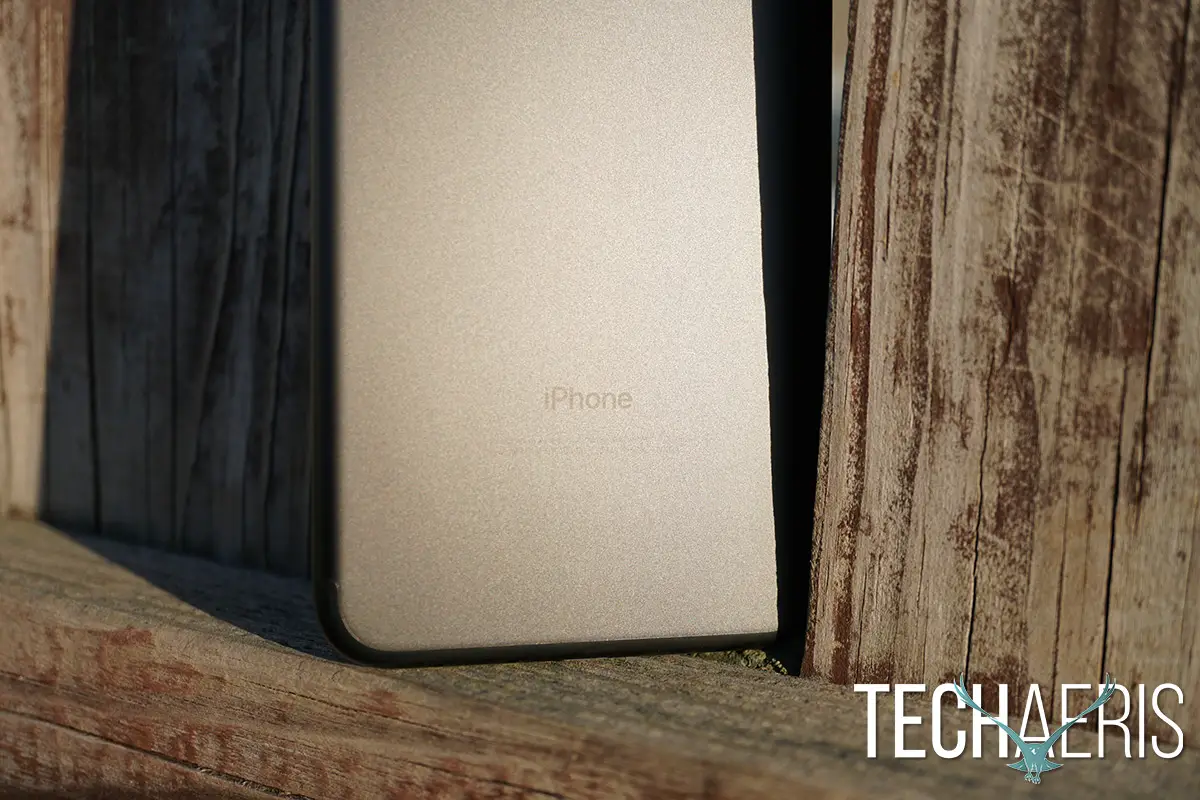
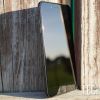
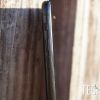
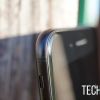

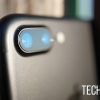
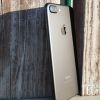
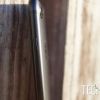
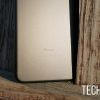
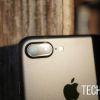
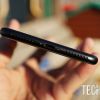
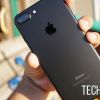
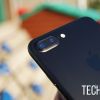
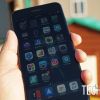
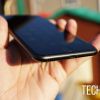
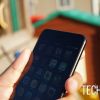
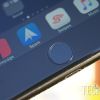
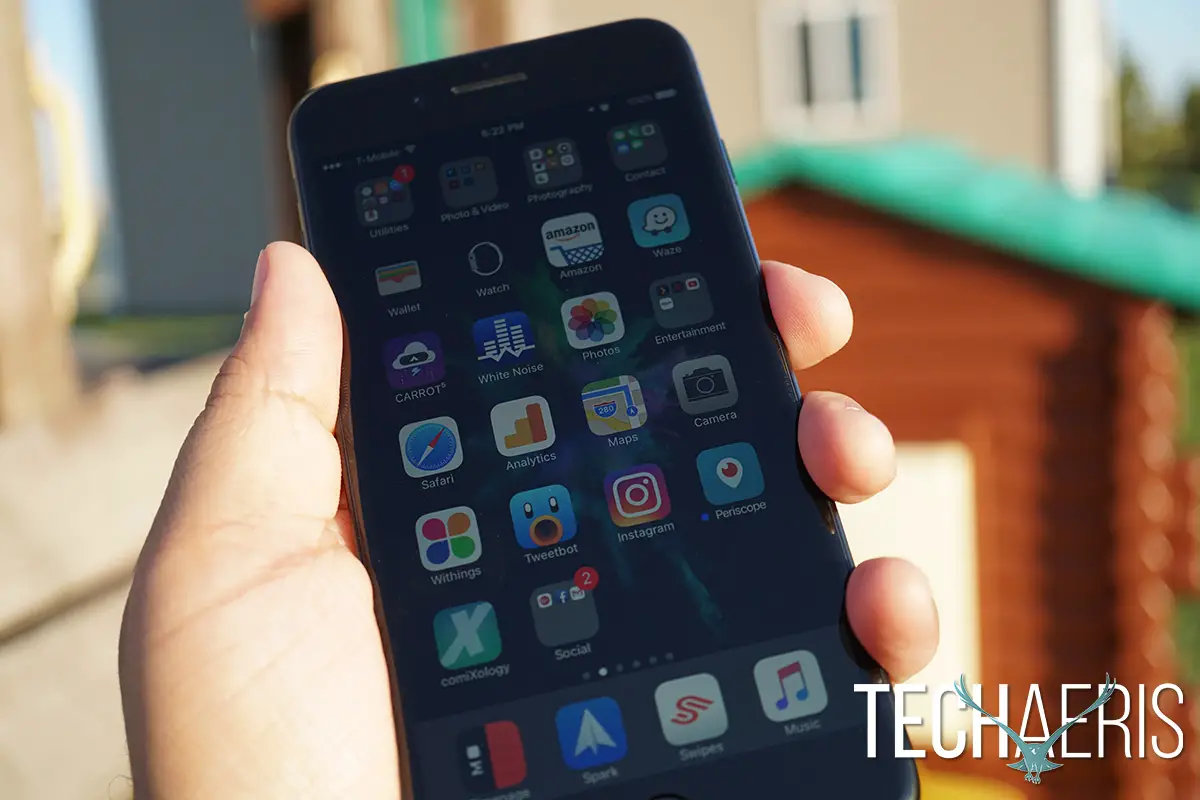
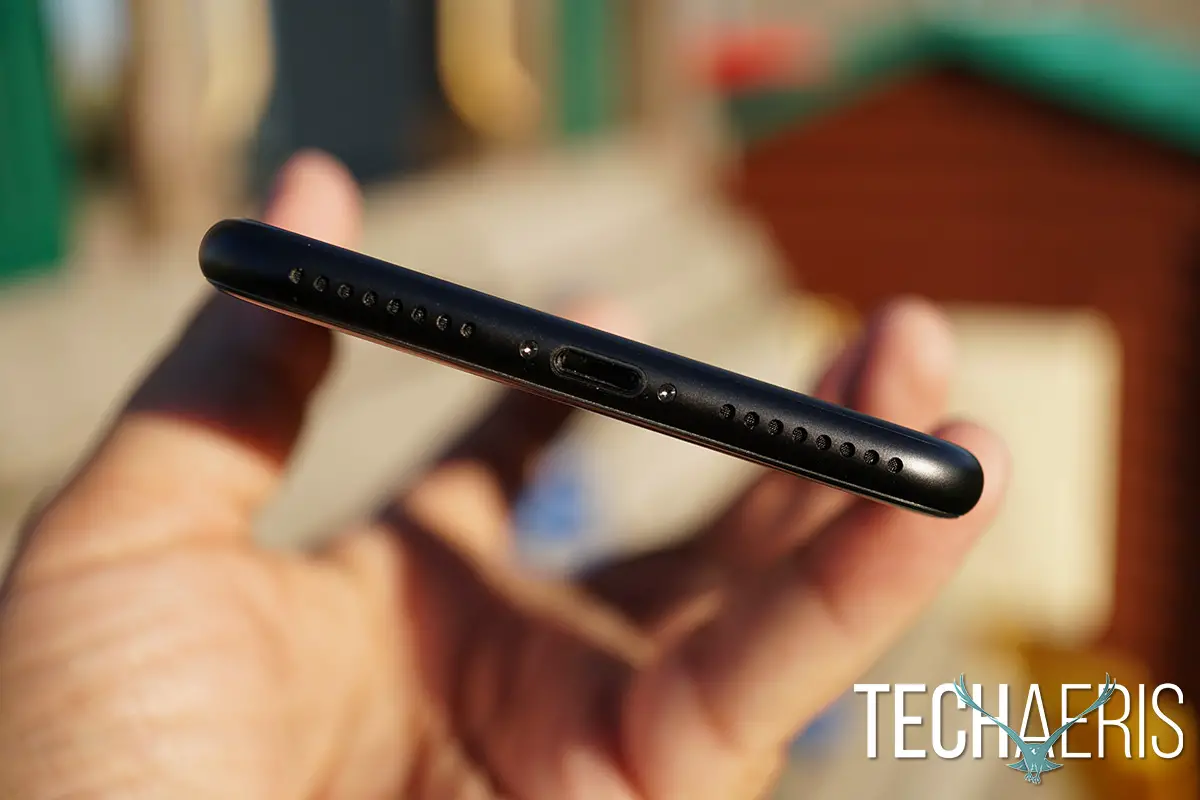

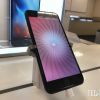


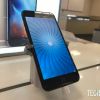




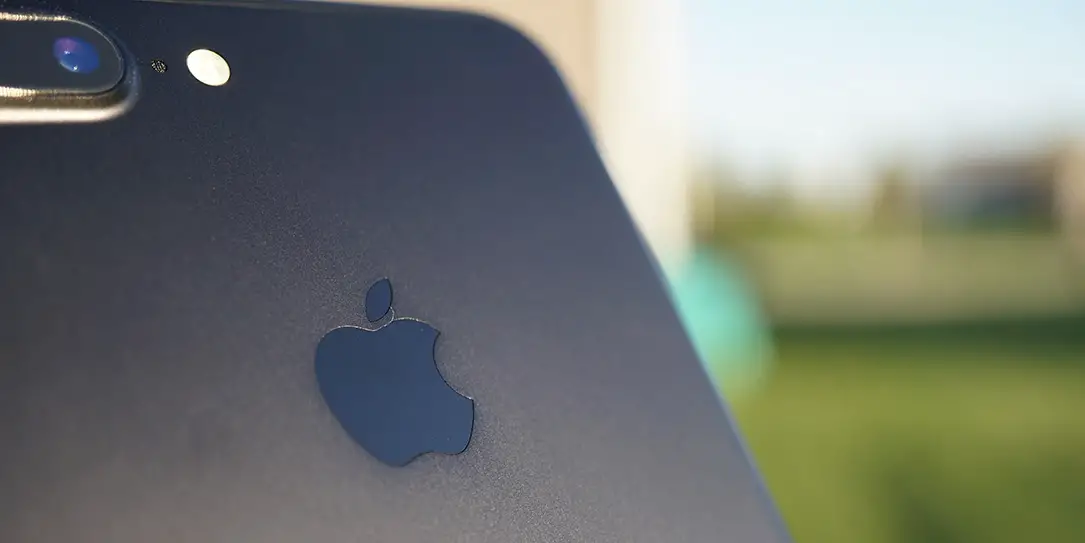









Comments are closed.